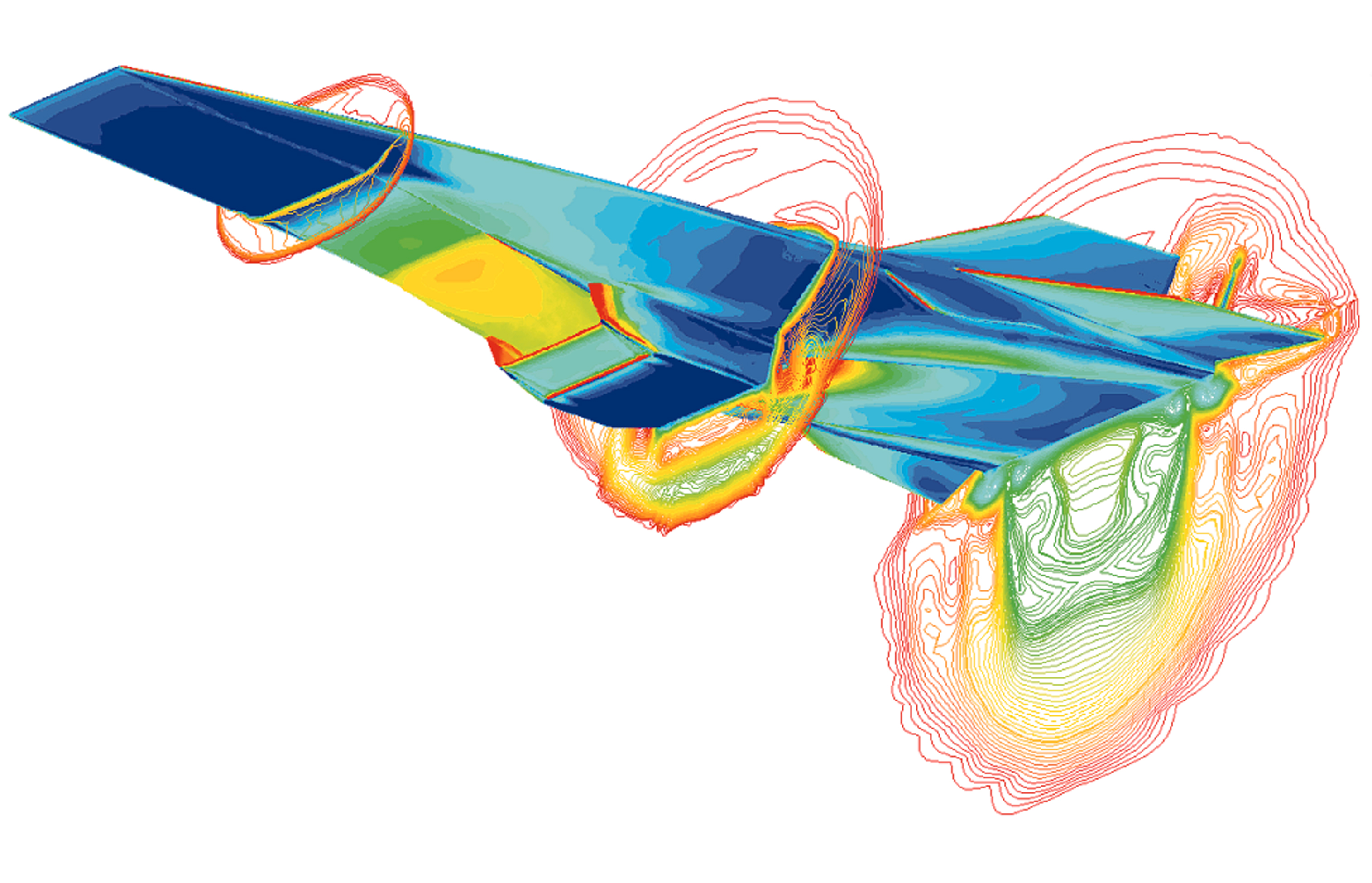Technical brains behind newcomers Virgin Racing has produced the first entirely digitally-designed grand prix car, using computational fluid dynamics in a direct challenge to the old way of doing things by using resource-demanding windtunnels.

Computational fluid dynamics (CFD) is one of the branches of fluid mechanics that uses numerical methods and algorithms to solve and analyze problems involving fluid flows. Computers are used to perform the millions of calculations required to simulate the interaction of liquids and gases with surfaces defined by boundary conditions.

Nick Wirth, Virgin's chief aerodynamist has no doubt it is the way forward even if others, including highly respected Williams engineering chief Patrick Head and Lotus team principal Tony Fernandes, have their reservations.
"(Virgin are) very convinced that is the way forward, that you can do it all with CFD. I am from the aviation business, mate. You can't. You've got to have a wind tunnel." Fernandes told Reuters.

However Former Simtek owner and Benetton chief designer Wirth rebuffed any suggestion he could be heading for a fall, pointing to his successes in America with similarly-designed cars.
"Obviously Patrick's used to falling because he's fallen from winning. And obviously he's invested unwisely in two wind tunnels which are a bit archaic.
I think we've done enough due diligence on this programme, both in developing in Indycars and sportscars. There's no doubt it works, no doubt the technology is right. I can tell you how fast our car will go around Barcelona. I won't, but I can. We know exactly where we are. What we don't know is where everyone else is going to be." Wirth claimed after team's presentation in London.

Manor Virgin Racing is supported by Virgin's Inc. Charles Branson who has sponsored Brawn GP during the F1 2009 season.











